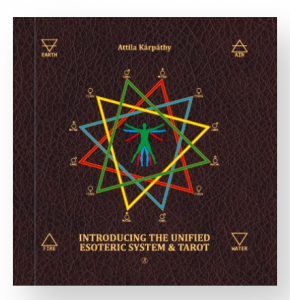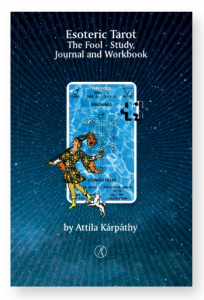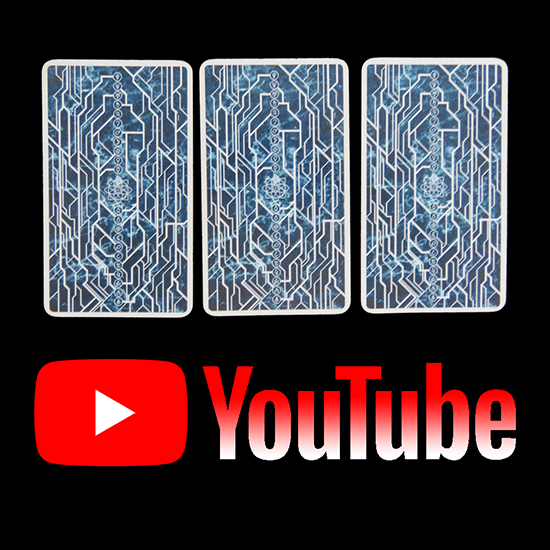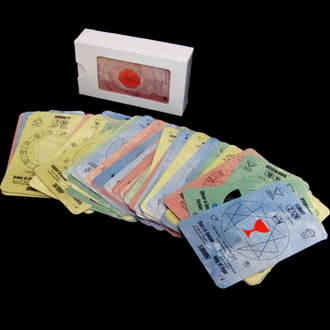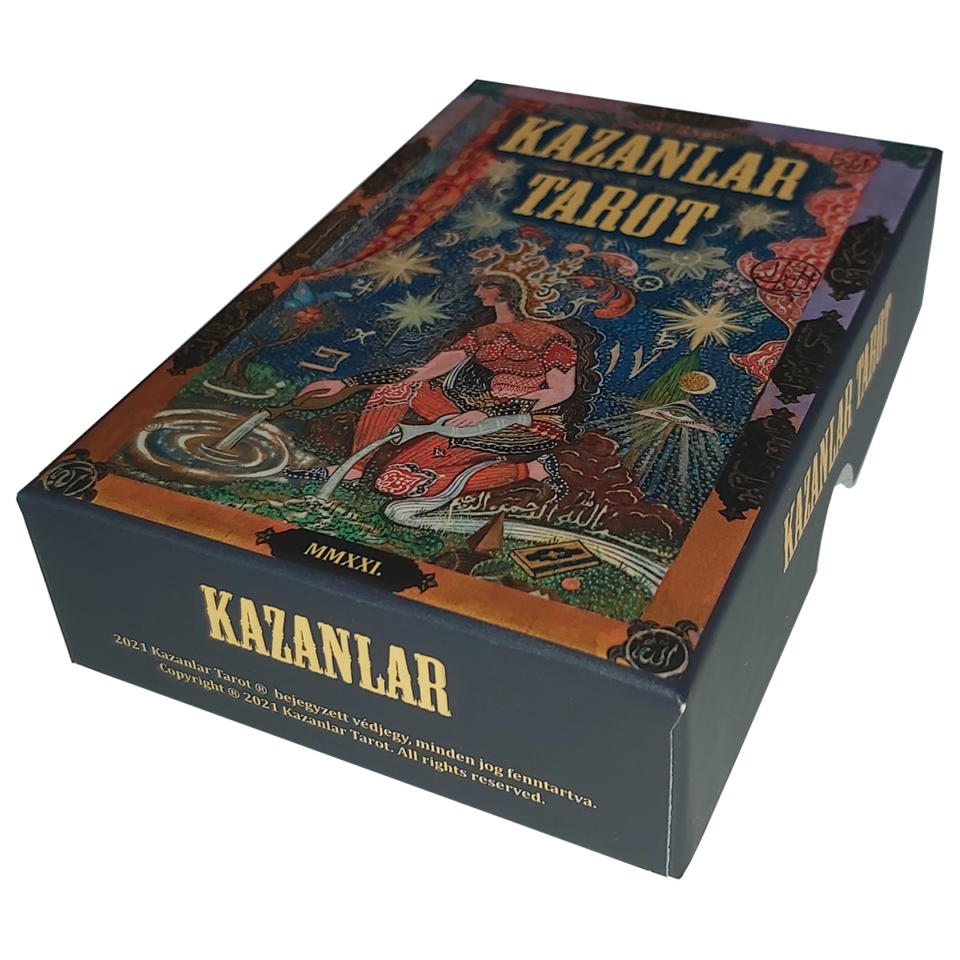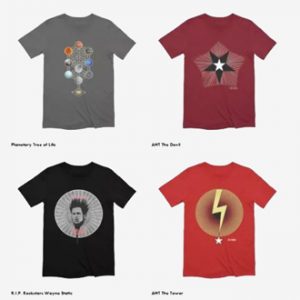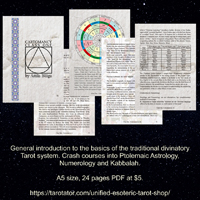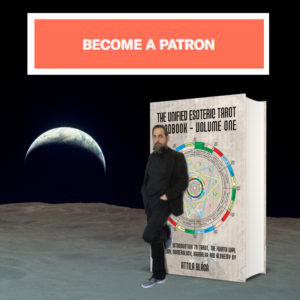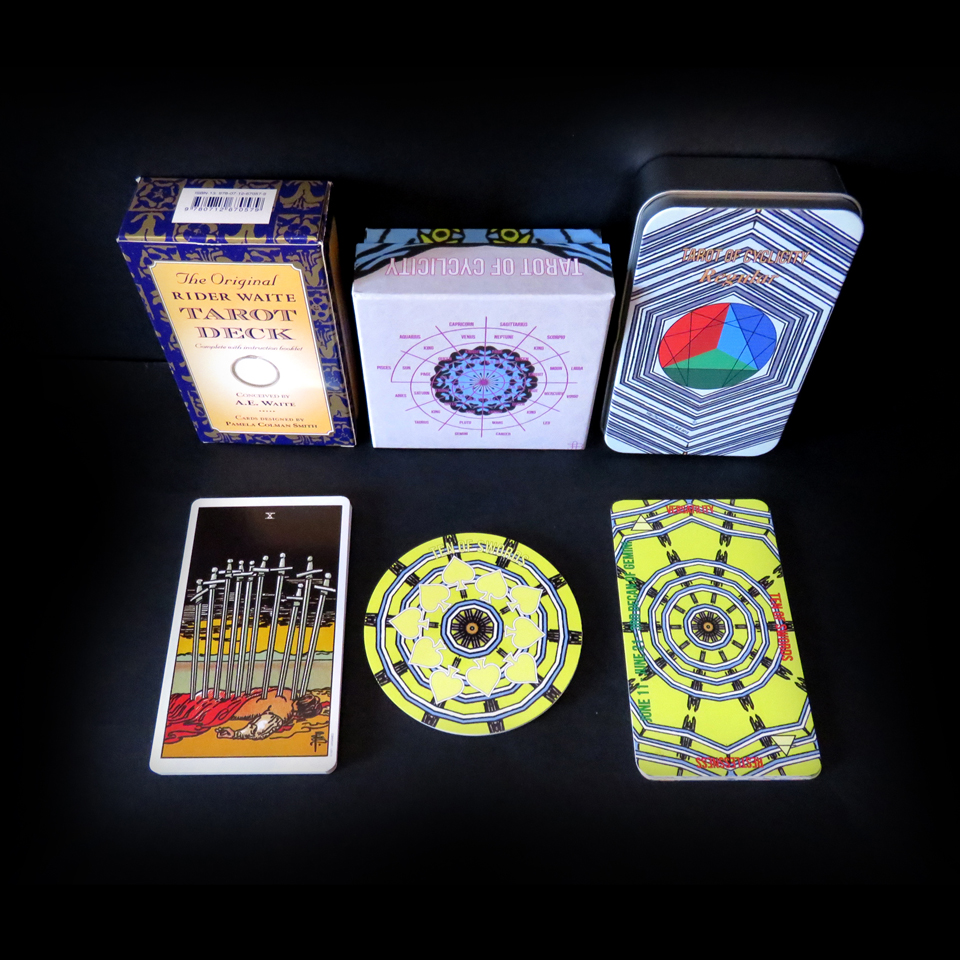
Traditional interpretation.
10=A, J, S.
Swords – Air.
Kabbalah – Assiah, The World of Manifestation.
Astrology – Sun in Gemini.
Numerology – Sun is attributed to number 1 and 4.
Time: June 11 – June 21, respectively midnight to 2 AM.
Upright: self-expression, curiosity, adaptability, advantage, gain, success, profit, light-minded, volatile, dissolute, unstable.
Reversed: sorrow, tears, lamentation, sadness, sighs, diseases, disorder, pain, grief, desolation, sobs, affliction, complaints.
Arthur Edward Waite in the Pictorial Key to the Tarot stated that the card depicts a prostrate figure, pierced by ten swords, respectively the cards signify “whatsoever is intimated by design”. According to Waite, the card signifies pain, affliction, tears, sadness and desolation, although “it is not especially a card of violent death”.
The original, generally considered ‘traditional’ interpretation of the Minor Arcana cards has its origin in the work of Etteilla. However, MacGregor Mathers decided to modify the interpretation of some of the cards. In his work, The Tarot, MacGregor Mathers offer as the upward interpretation of the card, the reversed interpretation of Etteilla. It is not clear if it was a matter of mistake or it was on purpose. However, both Waite and Crowley, fellow members of the Golden Dawn adopted the darker interpretation of MacGregor Mathers. The design of the card has also been altered. While Waite suggested to Mrs Smith to get inspiration from the Minor Arcana cards of the Sola-Busca deck. Interestingly, the Ten of Swords from the Sola-Busca deck was redrawn as the Ten of Wands in the Rider-Waite-Smith deck, while Waite and Smith decided to introduced a couple of darker cards in the Suit of Swords. Unfortunately, not Waite, nor Smith motivated or explained their choices. Though, their approach is favoured by the vast majority of the following deck creators and served as a further reference for gloomier interpretations of the card. However, these darker interpretations do not correspond to the astrological attribution of the card, which in the Golden Dawn tradition is Sun in Gemini.
Modern interpretation.
Robert Wang in the LWB of his Jungian Tarot deck, associated the Ten of Swords with Saturn in Libra. Unfortunately, Wang does not explain the different astrological attributions of the cards he suggests which are only mentioned in the LWB but not included in the Tarot Psychology, the first volume of his Jungian Tarot Trilogy. It is even more confusing, while Wang in his Qabalistic Tarot used the traditional attribution and made references to Aleister Crowley’s interpretation. He noted that “this is more of a death card than is DEATH, which generally means a situational death, a transformation.”
The alternative interpretation is considerably lighter, and Wang indicates “gain through partnership”. Two very different partners are contributing exactly what the other lacks.
The traditional depiction of the cards is explicit and static. The scenes represent situations while the solutions are at the discretion of the interpreter. Everything follows according to predefined scenarios. When someone saw a lying man face down on the ground and stabbed in his back with ten oversised swords, there is none or very little room left for interpretation.
The Waite-Smith’s Ten of Swords is arbitrary, definitive and irreversible. It speaks about the violent end and an inevitable tragic outcome.
However, life is not a series of snapshots, but it is a flowing movie. Life means motion because nothing is static in the universe. Situations are changeable, and humans can make their own choices and determine their own fates. Life is rhythm.
The Ten of Swords of the Tarot of Cyclicity leave someone’s options open. Ten possible escape paths penetrate the circles of blades. With the Tarot of Cyclicity, someone can choose and can write its own scenarios. You have the possibility to change the rhythm and make your life better.
More in the book, Tarot Renewal.
Ongoing IndieGoGo campaign: https://igg.me/at/cyclicity
(Excerpt from the book “Tarot renewal” by Attila Blága. Full or partial use of this text for commercial or non-commercial distribution by any means whatsoever is strictly prohibited unless expressly authorised by the author.)


